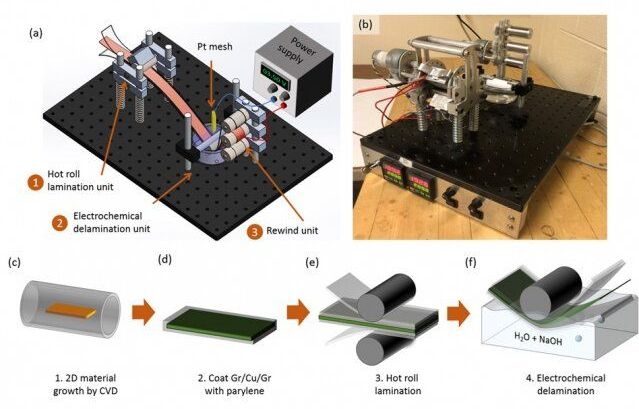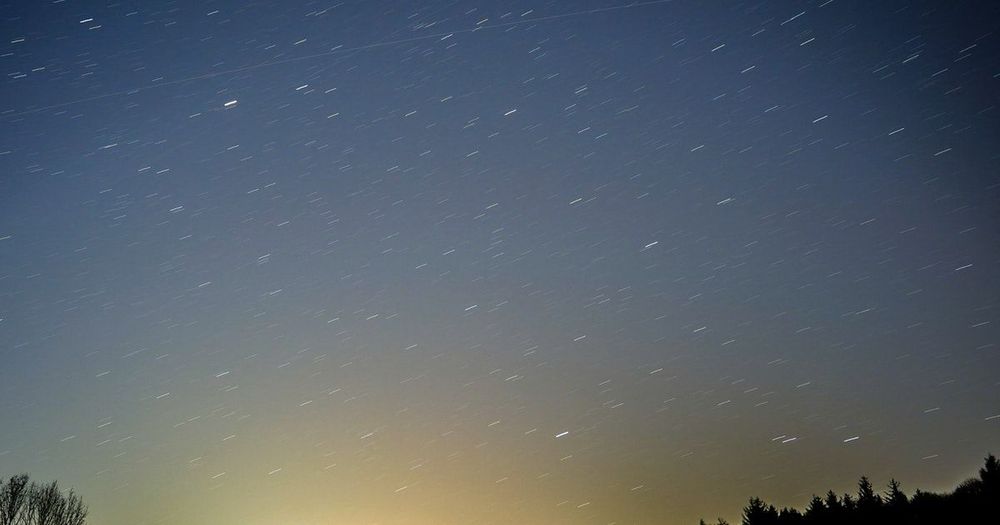Accountants and lawyers to use AI to cannibalise their business – before someone else does.
A new way of making large sheets of high-quality, atomically thin graphene could lead to ultra-lightweight, flexible solar cells, and to new classes of light-emitting devices and other thin-film electronics.
As Starlink takes flight, here’s a comprehensive look at everything you need to know about getting your internet from Elon Musk.
Many scientists are eager to discuss the possibilities of using gene editing to preserve biodiversity.
Though scientists are optimistic that CRISPR could help, they also emphasize caution and community engagement in order to get it right.
Google surreptitiously amasses billions of bits of information —every day — about internet users even if they opt out of sharing their information, three consumers alleged in a proposed class action lawsuit.
“Google tracks and collects consumer browsing history and other web activity data no matter what safeguards consumers undertake to protect their data privacy,” according to the complaint filed Tuesday in federal court in San Jose, California.
The lawsuit argues that while Google lets users turn off data collection when using its Chrome web browser, other Google tools used by websites themselves scoop up their data anyways. The suit includes claims for invasion of privacy and violations of federal wiretapping law.
Researchers at Los Alamos discover neural network reaps benefits ‘equivalent to a good night’s rest’.
NEW ORLEANS (AP) — A re-energized Tropical Storm Cristobal advanced toward the U.S. Gulf Coast on Saturday, spawning a tornado in Florida and bringing the heavy rains that already caused flooding and mudslides in Mexico and Central America.
After weakening to a tropical depression while moving over land in Mexico’s Gulf coast, Cristobal headed back into the southern Gulf of Mexico from the Yucatan Peninsula on Friday and powered back up into a tropical storm. Forecasters said it would arrive on U.S. soil late Sunday but was not expected to grow into a hurricane.
The National Hurricane Center in Miami said the storm was expected to slowly strengthen until making landfall Sunday night along the U.S. Gulf Coast.
Scientists create smallest semiconductor laser that works in visible range at room temperature.
An international team of researchers led by researchers from ITMO University announced the development of the world’s most compact semiconductor laser that works in the visible range at room temperature. According to the authors of the research, the laser is a nanoparticle of only 310 nanometers in size (which is 3,000 times less than a millimeter) that can produce green coherent light at room temperature. The research article was published in ACS Nano.
This year, the international community of optical physicists celebrates the anniversary of a milestone event: 60 years ago, in the middle of May, American physicist Theodor Maiman demonstrated the operation of the first optical quantum generator — a laser. Now, Sixty years later, an international team of scientists published a work where they demonstrated experimentally the world’s most compact semiconductor laser that operates in the visible range at room temperature. This means that the coherent green light that it produces can be easily registered and even seen by a naked eye using a standard optical microscope.
An aerial view of the ancient Maya Aguada Fenix site in Mexico’s Tabasco state, with causeways and reservoirs in the front and the Main Plateau in the back, is seen in this image released on June 3, 2020.(Handout via REUTERS/Takeshi Inomata)
For the first time, Italian scientists have been able to identify the genetic and molecular basis of this susceptibility to infection as well as to the possibility of contracting a more severe form of the disease. The research will be presented to the 53rd annual conference of the European Society of Human Genetics, being held entirely on-line due to the Covid-19 pandemic, today [Saturday].








